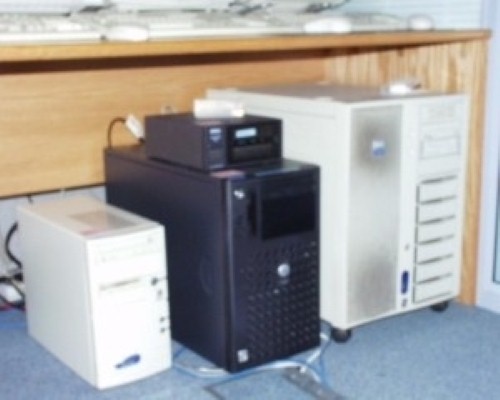Virtualization has evolved to become a highly and easily scalable technology. This affords businesses a great amount of infrastructural flexibility as IT can simply deploy a new virtual machine whenever necessary. This also allows organizations to limit how much hardware power goes unused and may lead to cost savings through consolidated IT infrastructure. However, the ease with which VMs can be deployed has also created a more complex technological ecosystem and can lead to higher costs if the proper management tools aren’t in place.
Software-defined storage provider Nexenta recently announced a new offering to help businesses combat rapidly growing virtualization costs. Through a partnership with VMWare, Nexenta designed NexentaVSA for View to allow for virtual desktop scaling based on performance.
“Integrating VMware View with enterprise-class storage optimization from Nexenta provides a robust solution for the business process outsourcing market by simplifying the management of IT infrastructure and protecting data across locations,” said Mason Uyeda, director, Technical and Solutions Marketing, VMware. “The flexibility of the virtual storage appliance and centralized management console, combined with the built-in compatibility with VMware View, delivers significant benefits for the enterprise and end users.”
To help companies managed their virtual desktop infrastructures, NexentaVSA also integrates with Business Process Desktop to centralize VDI management.
Nexenta is a Seagate Cloud Builder Alliance partner.
Tracking virtual desktop ROI
Companies that plan virtualization investments and utilize effective management tools can not only keep costs under control, they can reduce them. A BioMed Central report tracked return on investment for 400 virtual desktop deployments at Seoul National University Bundang Hospital in Korea. The research found the break even point occurred in the fourth year, when it reached 122.6 percent ROI.
BioMed’s research also identified several specific advantages to virtualization, including a reduction in the overall number of PC errors and shorter application update time. Researchers noted that the total number of updates remained consistent throughout the duration of the five-year study, but time spent applying them was reduced.







